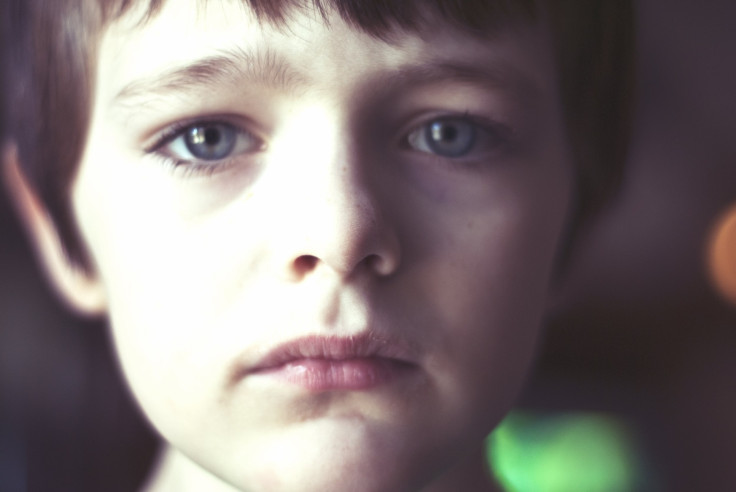Children With Seizures Often Face Learning Disablities And Are More Likely To Be Poor

A new report released Thursday by the Centers for Disease Control and Prevention (CDC) has found that children and adolescents who suffer seizures often face a myriad of challenges elsewhere in their lives.
Hoping to obtain a nationally representative picture of seizure rates, the CDC researchers combed through four years' worth of data taken from the National Health Interview Survey (2010-2014). Looking strictly at children aged 6 to 17, they calculated that at least 0.7 of the population, or 336,000 children, had experienced one or more seizure events in the year prior to being surveyed. Tiny though that number might be, the authors also hit upon several characteristics shared by these sufferers.
“Compared with children and adolescents without seizures, a higher percentage of those with seizures were socially and economically disadvantaged,” they wrote. “Children and adolescents with seizures had higher prevalences of various mental, developmental, physical, and functional co-occurring conditions than those without seizures; however, only 65.6 percent of those with seizures had visited a medical specialist during the preceding 12 months.”
Shared Burdens
Specifically. 41.6 percent of seizure sufferers lived in low-income households— vs. 28.6 percent of the general population. 43.7 percent also had to cope with learning disabilities (vs 1.8 percent); 22.9 percent with intellectual disability (vs 1 percent); and 19.3 percent with attention deficit hyperactivity disorder/attention deficit disorder (vs 10.3 percent). They additionally had higher rates of headache/migraine, hay fever, and speaking difficulties such as stammering, and were more likely to have visited an emergency department and miss more days of school in the past year.
Seizures can have numerous different causes (fever, epilepsy) and varying symptoms (physical convulsions, loss of consciousness), but the condition is broadly defined as a brief spurt of uncontrolled electrical activity in the brain. According to the researchers, in cases where they aren’t simply an isolated incident, there might be “some common pathophysiological mechanisms” that explain the development of both seizures and the many co-occurring conditions they discovered.
More than anything else, the authors’ findings signify the urgent need to promote better education about the often misunderstood condition and to reach out to these especially burdened families.
“Public health agencies can work with other health and human service agencies to raise awareness about seizures in children and adolescents (e.g., educate parents and school personnel), implement strategies to prevent known causes and risk factors for seizures (e.g., head injuries), study the associations between sociodemographic characteristics and seizure incidence, and ensure linkages to appropriate clinical and community providers for children and adolescents who experience seizures,” they concluded.
Source: Cui W, Kobau R, Zack M, et al. Seizures in Children and Adolescents Aged 6–17 Years — United States, 2010–2014. MMWR. 2015.
Published by Medicaldaily.com



























